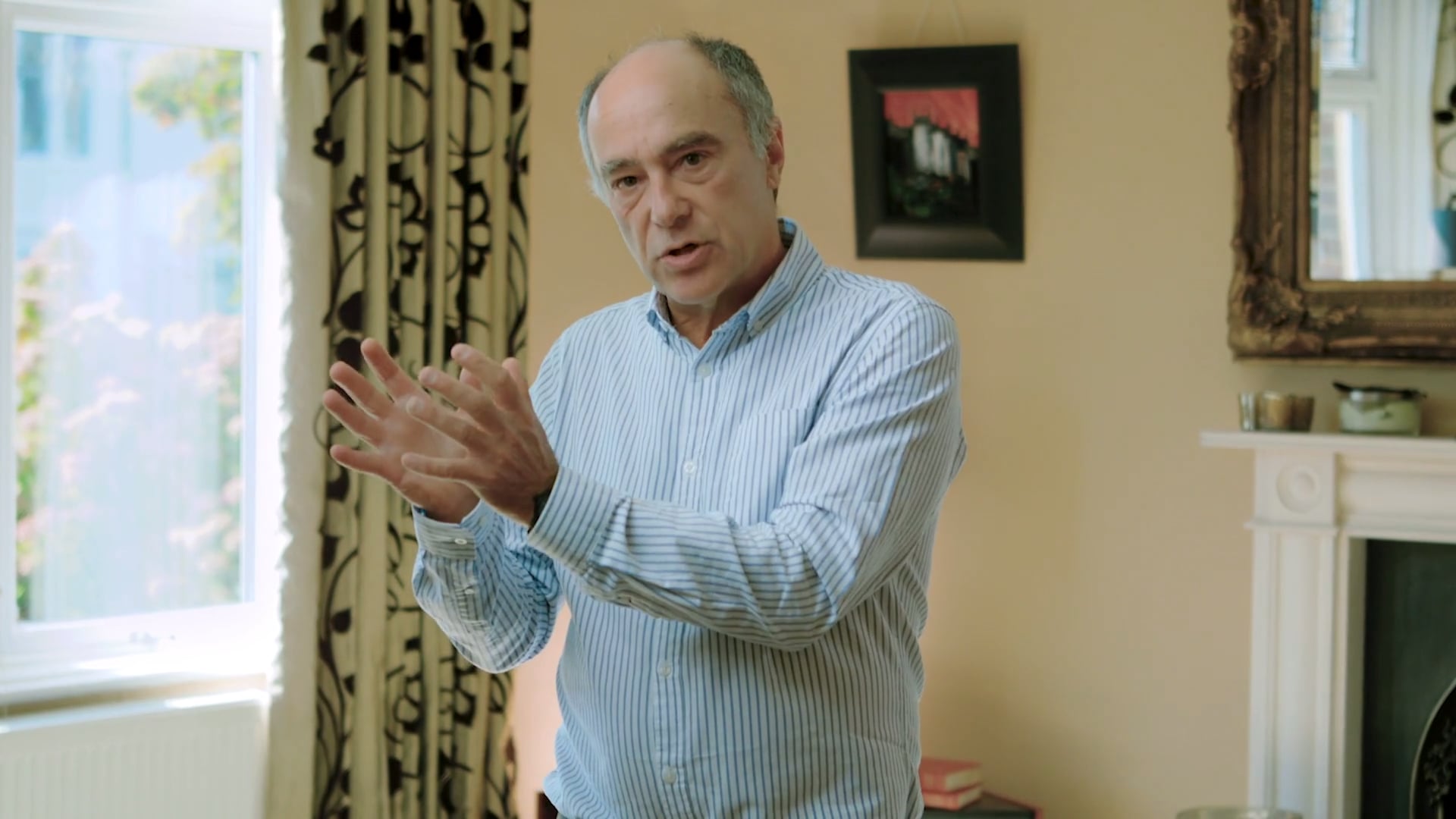
The Righting Reflex
I'd like to address the topic of the righting reflex, which is a term we developed to describe something we noticed outside of Motivational Interviewing in everyday life. Let's take the example of a mother who's trying to teach a kid to do a puzzle. Using the righting reflex that mother will simply say, no, don't do this do that. A problem is seen and the problem is solved for someone else automatically.
The problem is that, that inhibits the learning of the child to solve the problem for themselves. As therapists and counselors we can fall into precisely the same trap that, that mother did with her good intentions in trying to help her kids solve a puzzle. So faced with a client with multiple problems, given the reasons why we went into the helping professions in the first place, it's just a short step from solving the problem for the person and that has two effects, which I'm sure you have noticed in your everyday practice. One is, if you like it taints the relationship between the two of you, it doesn't make for a nice constructive conversation, and it places a weight on you to solve problems for people, and they tend to shut down.
The second can be observed in the behavior of your clients, which is that it doesn't lead to good outcomes. And there's reasonably solid research evidence to support that. This observation about the righting reflex provides one of the clear rationales for Motivational Interviewing. I'll add just one caveat here, that helpful spirit of yours.
The use of that can be channeled into giving someone advice. And skillful advice giving is not the same thing as succumbing to the automatic unconscious use of the righting reflex. And how you give advice skillfully so that it's congruent with Motivational Interviewing, that's going to be an interesting topic, but it's not the same thing as the righting reflex.